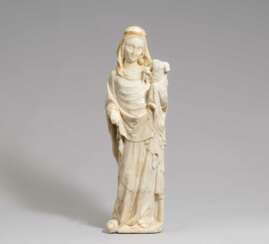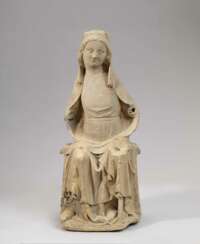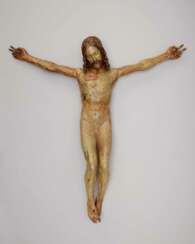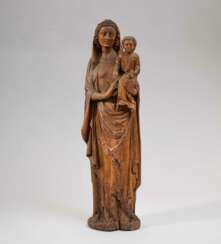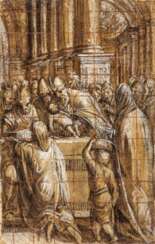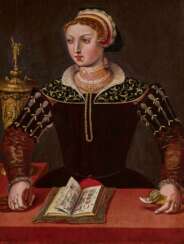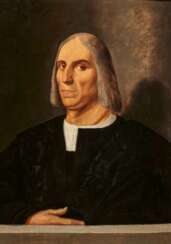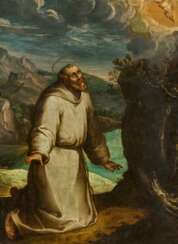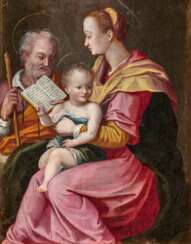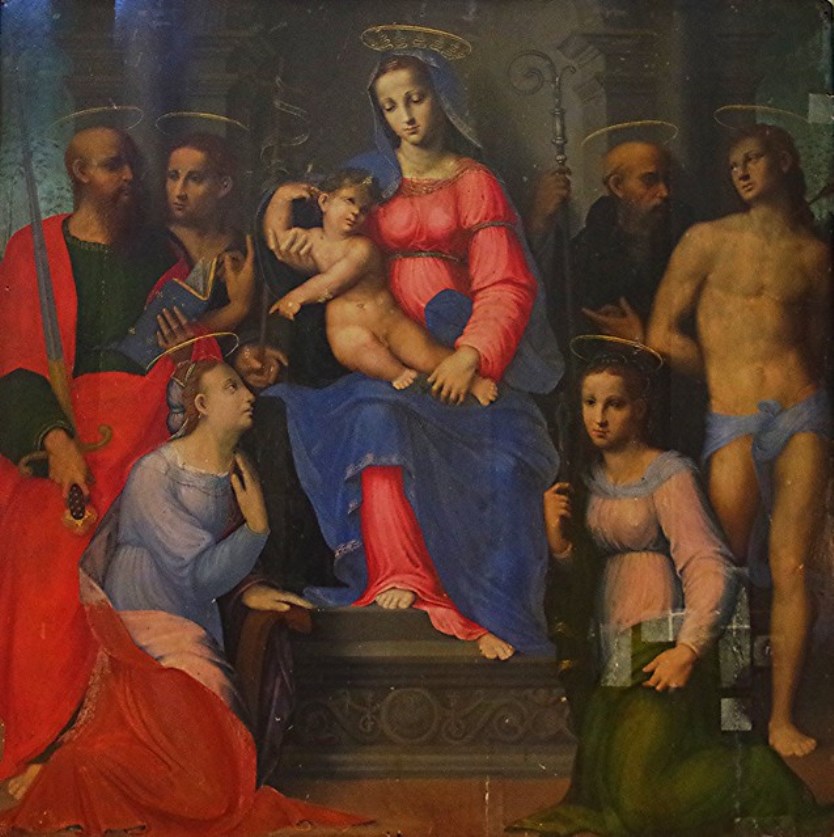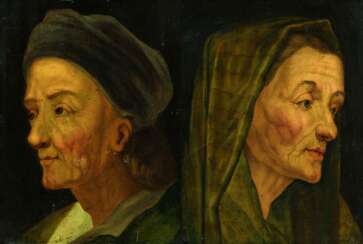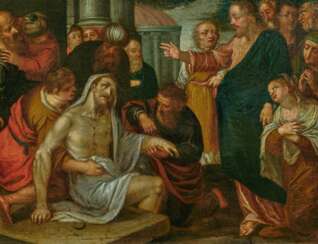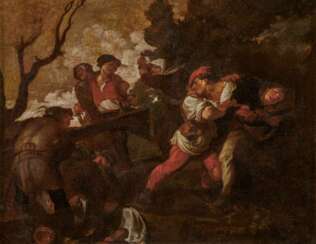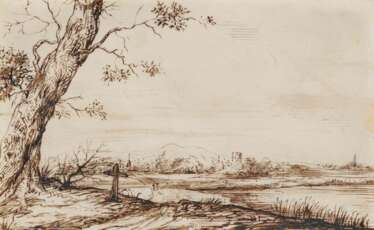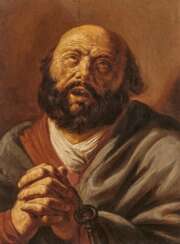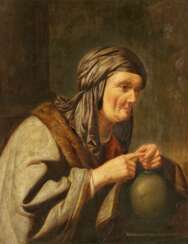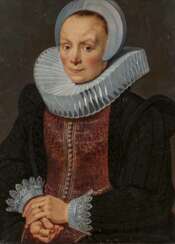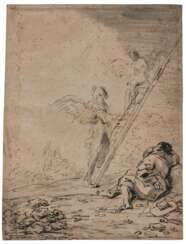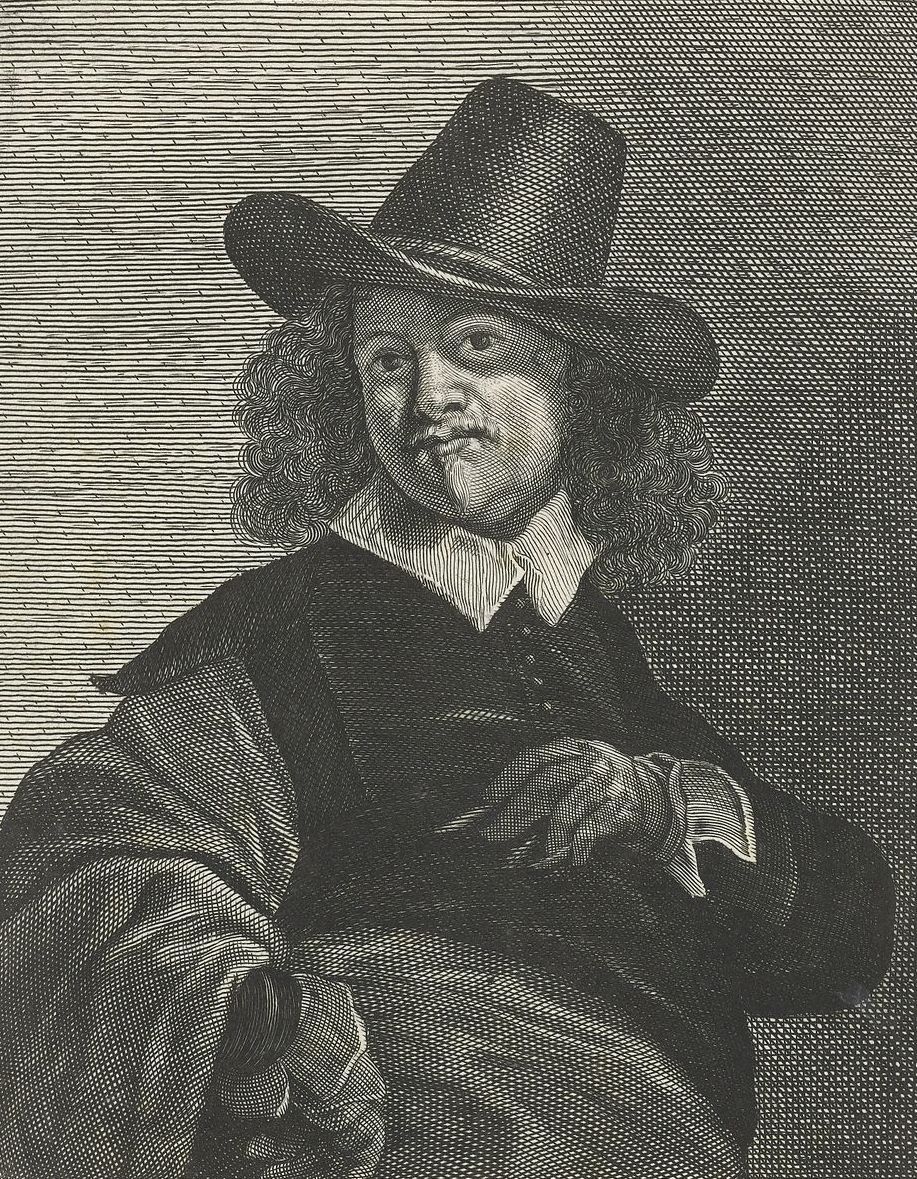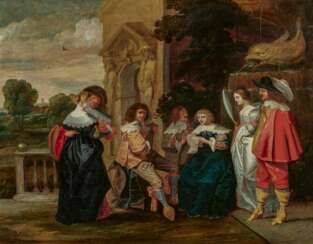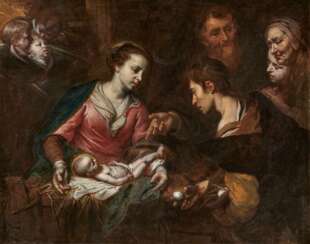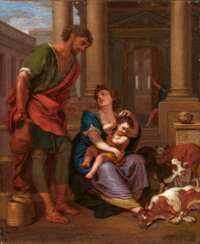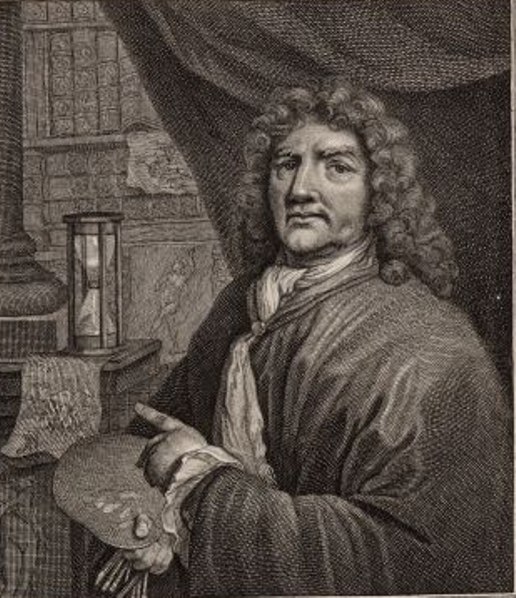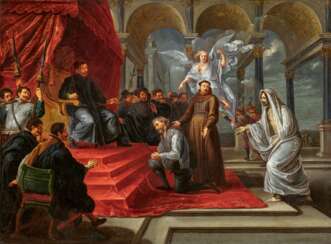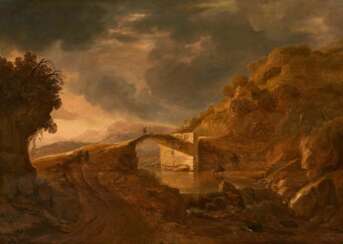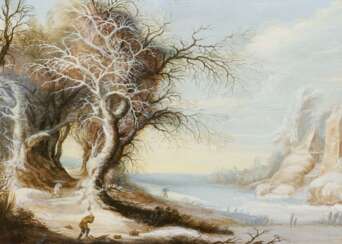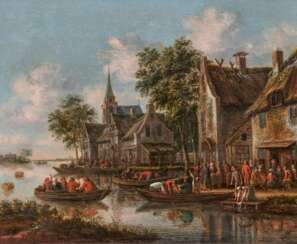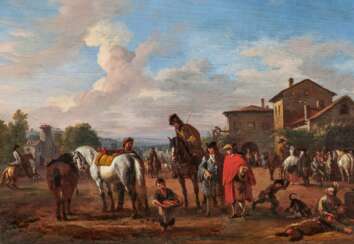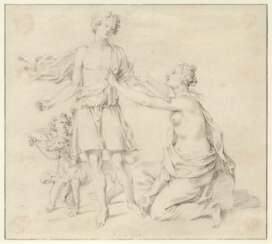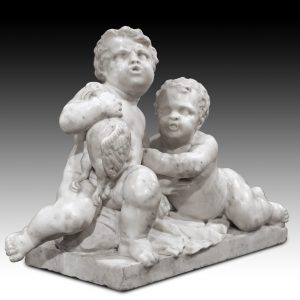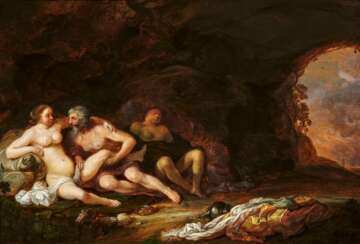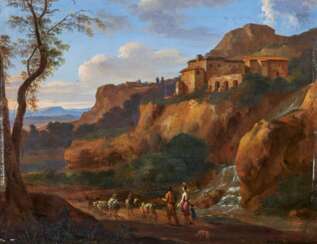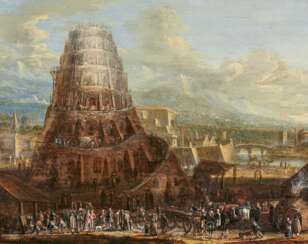
516. LIVE Auctions | Fine Art
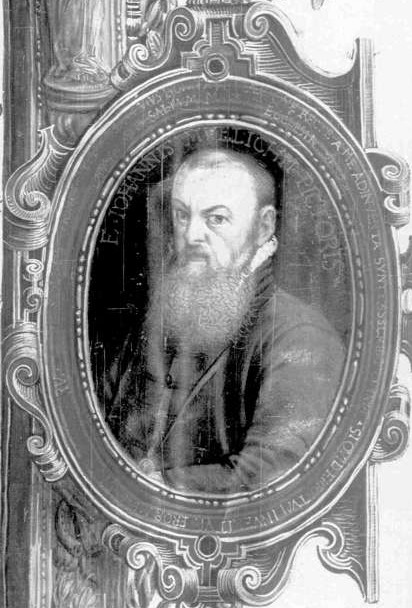
Hans Mielich was a German painter of the late Renaissance, mid-16th century. He is known as a painter, graphic artist, and court painter to Duke Albrecht V of Bavaria.
Mielich painted many religious paintings, portraits, and historical canvases (usually on boards), and he also decorated altars in churches. After a trip to Rome, his style became close to Italian Mannerism. His most famous work is the altarpiece of the Cathedral of Our Lady of Ingolstadt. He was also famous as the author of miniatures for manuscripts, including the Duchess Anna of Bavaria's Treasure Book, made for Duke Albrecht V and his wife Anna of Bavaria in 1555. In the same year, Milich became head of the Munich Artists' Guild.
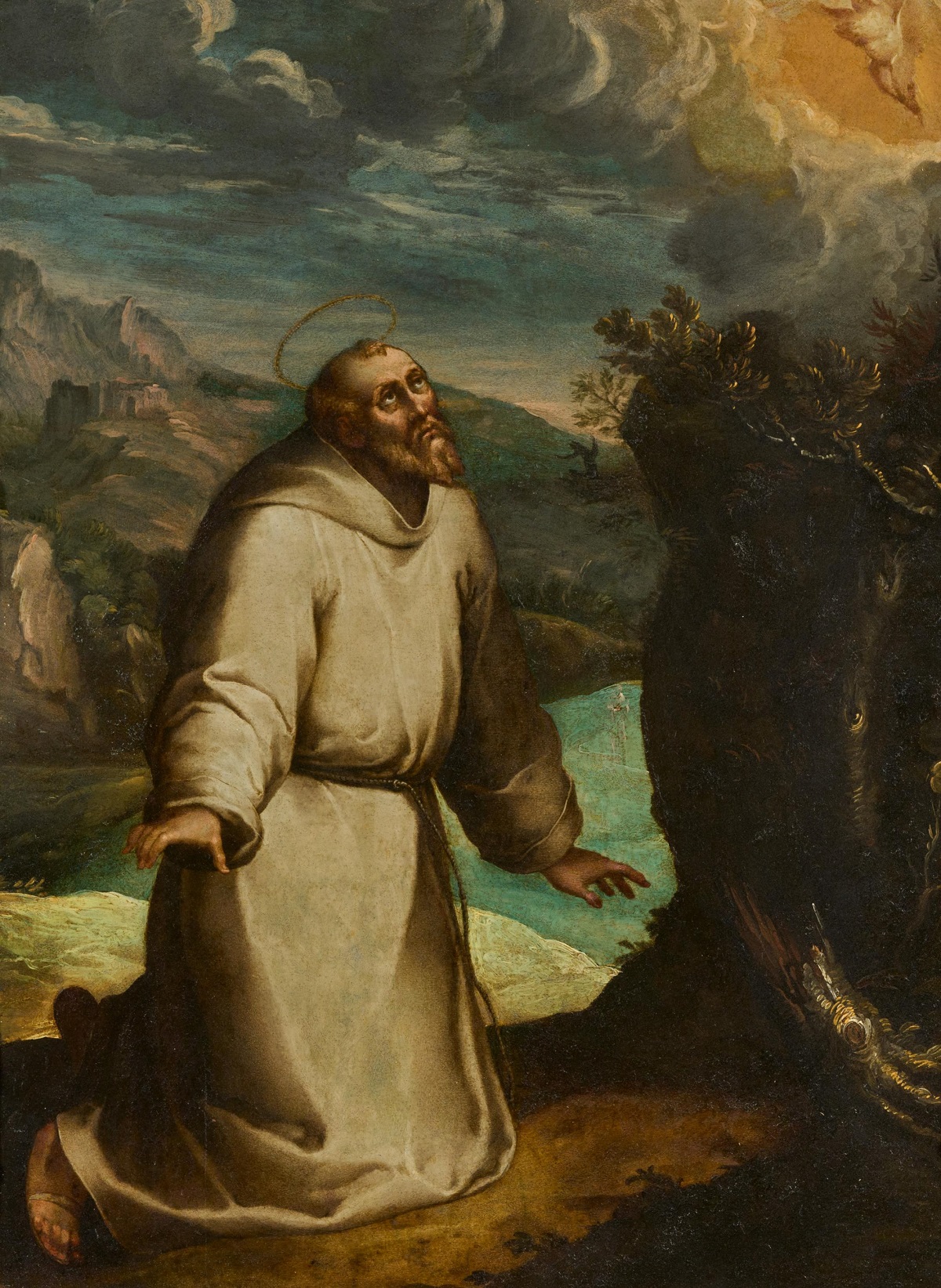
Girolamo Massei was an Italian painter who worked in the Mannerist style. His style was strongly influenced by the works of Michelangelo and Parmigianino, and he often incorporated elements of classical art into his works.
Girolamo Massei was known for his decorative frescoes and oil paintings, which were often characterised by rich colours, complex compositions, dynamic poses and dramatic lighting effects.
Throughout his career, Massei received numerous commissions and his works can be found in churches, palaces and museums throughout Italy.
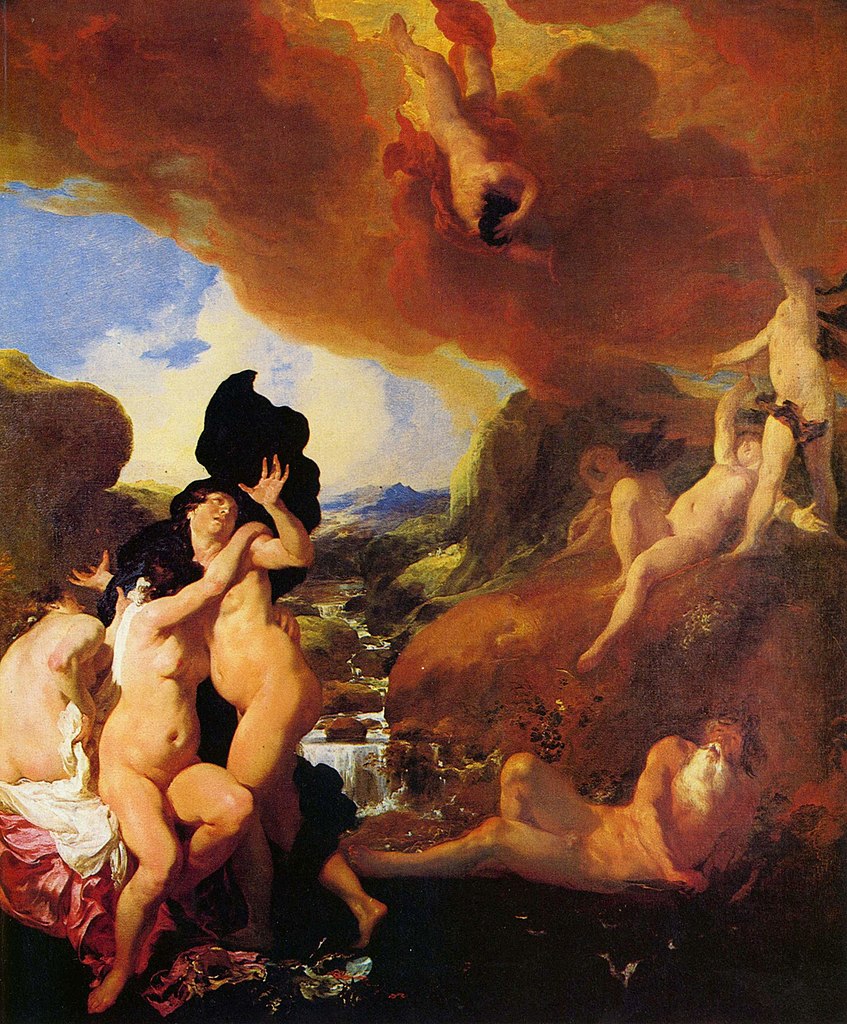
Johann Liss was a German painter of the first third of the 17th century. He is known as a painter, draughtsman and printmaker, who worked in Italy for much of his life, and as the son and namesake of Johann Liss, a painter at the court of the Dukes of Holstein.
Johann Liss worked primarily in the mythological genre. He is considered one of the key artists of the German Baroque and a prominent representative of the Venetian school. Early in his career, the artist traveled to the Netherlands, where he was influenced by a number of Dutch and Flemish masters. Italy inspired him to synthesize Dutch genre painting, Venetian style and Roman realism.
His paintings are in numerous European collections as well as in Russia and the United States.
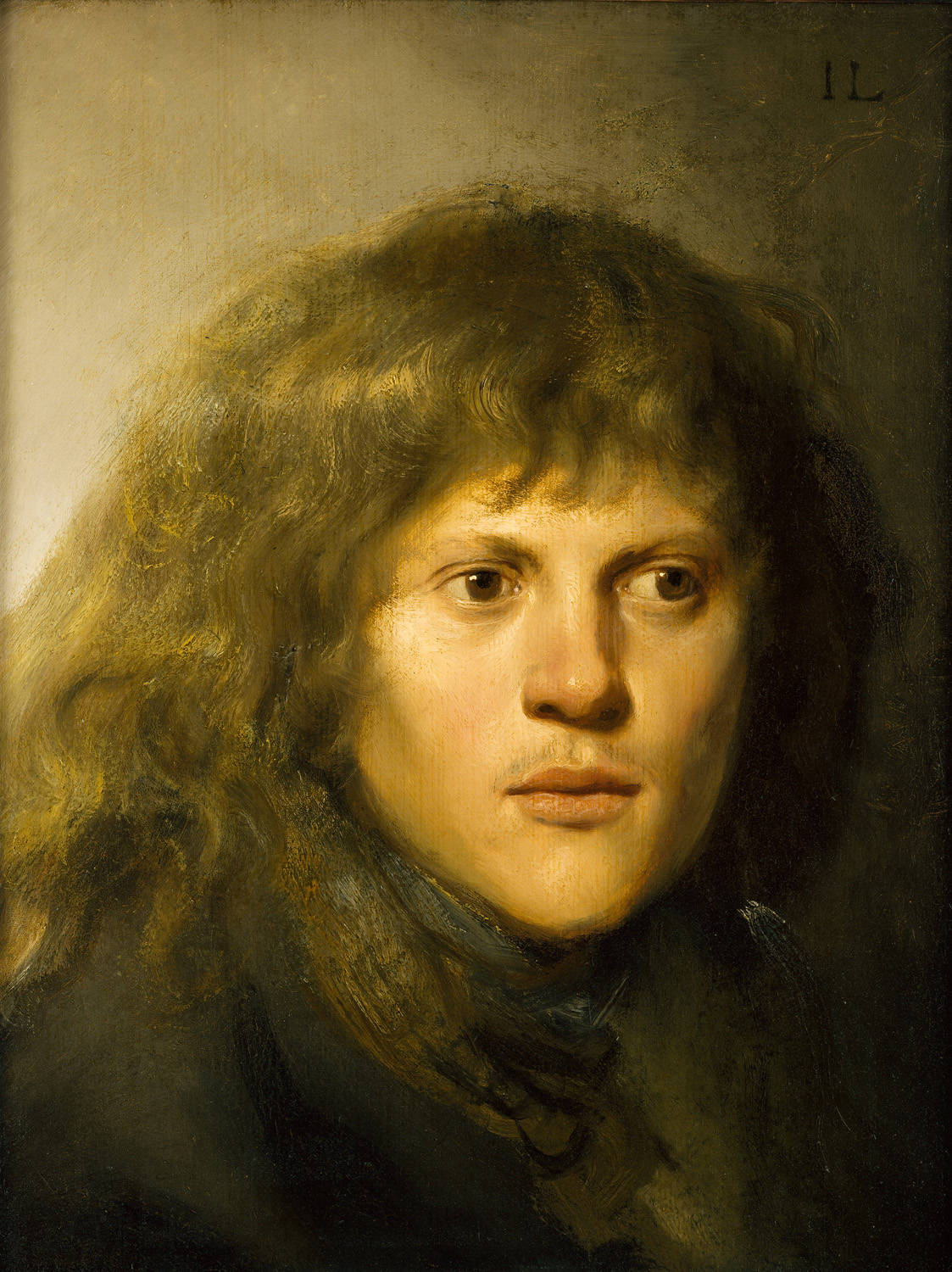
Jan Lievens was a Dutch painter, draughtsman, and engraver of the Golden Age and a member of the Guild of St. Luke in Antwerp.
It is known that while still very young, at the age of twelve, Lievens already created skillful paintings that amazed art lovers of Leiden. He was later friendly with Rembrandt, shared a studio with him, and painted in a similar style. Lievens was also a court painter in England and elsewhere.
Jan Leavens created genre scenes, landscapes, ceremonial portraits and sketches on various themes, as well as religious and allegorical images, which were already highly valued during his lifetime.

Jan Lievens was a Dutch painter, draughtsman, and engraver of the Golden Age and a member of the Guild of St. Luke in Antwerp.
It is known that while still very young, at the age of twelve, Lievens already created skillful paintings that amazed art lovers of Leiden. He was later friendly with Rembrandt, shared a studio with him, and painted in a similar style. Lievens was also a court painter in England and elsewhere.
Jan Leavens created genre scenes, landscapes, ceremonial portraits and sketches on various themes, as well as religious and allegorical images, which were already highly valued during his lifetime.
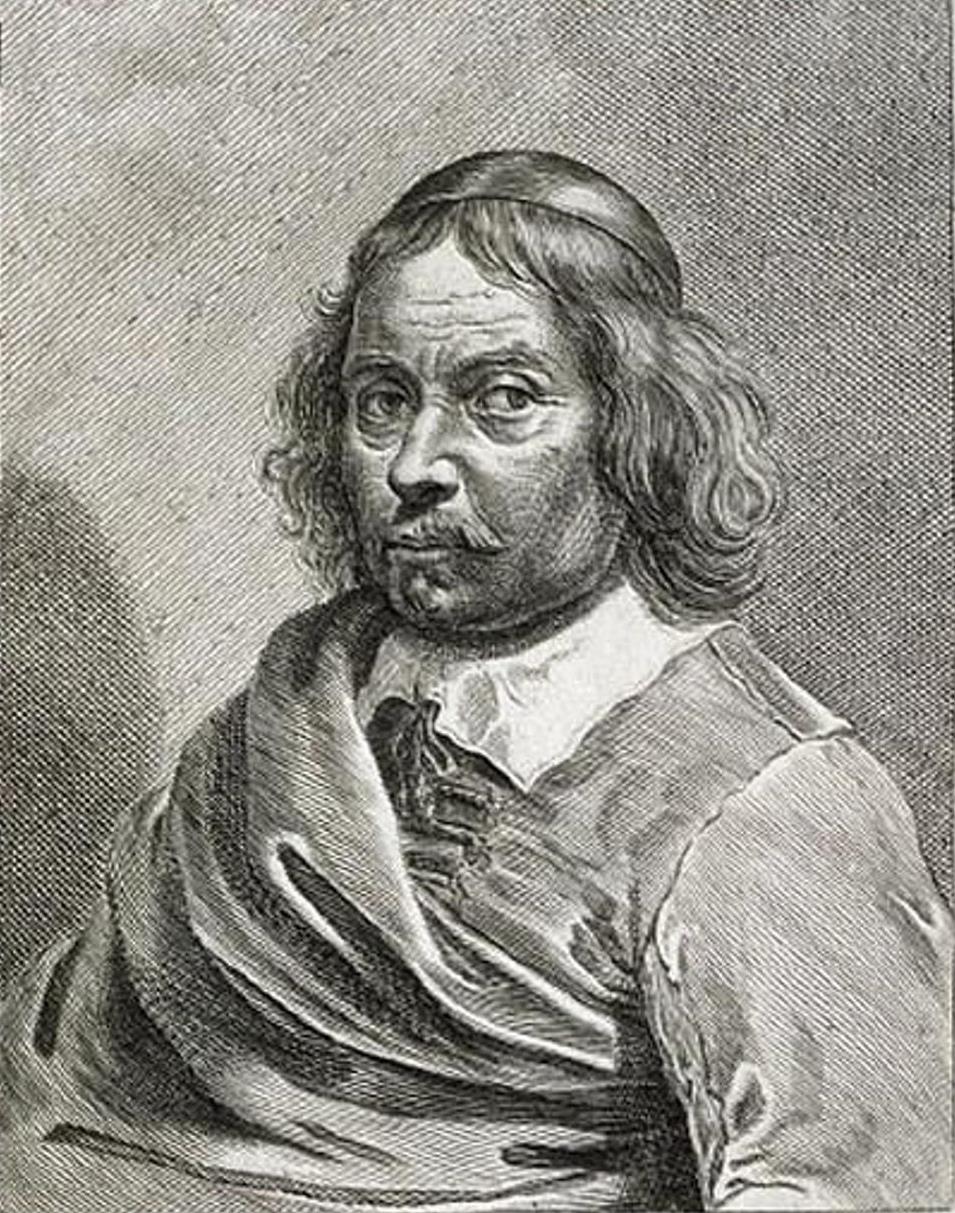
Jan Hermansz. van Bijlert, or Jan van Bijlert, or Giovanni Bilardo, is a Dutch painter of the Dutch Golden Age, considered one of the Caravaggio school in Utrecht. He spent about four years in Italy and was one of the founders of the Bentvueghels circle of northern artists in Rome, where he was nicknamed Aeneas. Van Beilert was one of the most famous artists of the city of Utrecht. He mainly painted religious and mythological scenes, genre scenes of public places and musical parties, but he was also a portraitist.
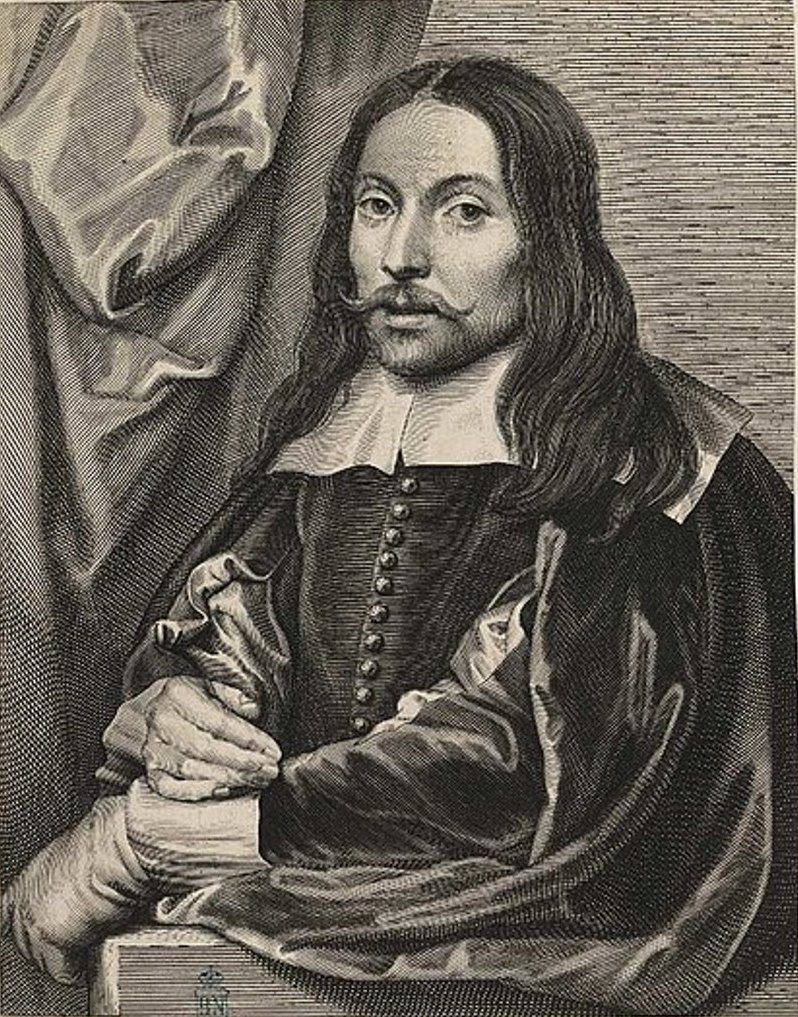
Christoffel Jacobsz7 van der Lamen was a Flemish painter who specialized in depicting scenes with merry parties in taverns and public houses, inns, and gardens.
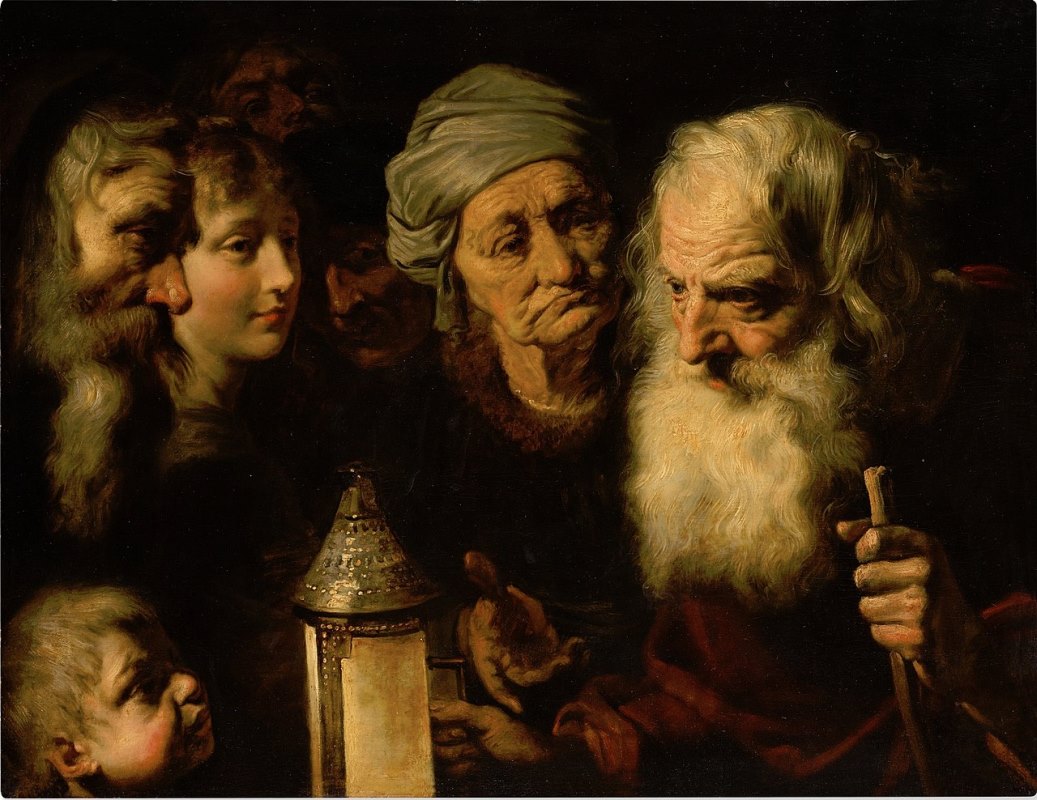
Pieter van Mol was a Flemish painter and draftsman who worked in the Baroque style.
Pieter van Mol became a master and member of the Antwerp Guild of Artists of St. Luke's in 1622. Around 1631 he moved to Paris, where he opened his own studio and worked at the court of Louis XIII as a court painter. Later, among other artists under the patronage of Cardinal Mazarini, he became the organizer and one of the first members of the French Academy of Painting and Sculpture, later - the Royal Academy of Painting.
Pieter van Mol painted historical and religious subjects, portraits and allegories. His style was obviously strongly influenced by the work of Rubens.
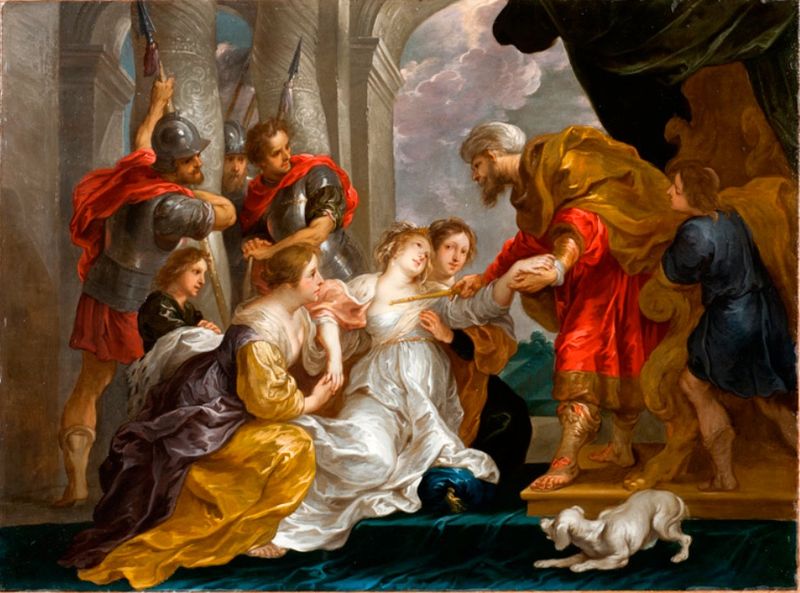
Willem van Herp was a Flemish Baroque painter specializing in religious paintings and small cabinet paintings of "low-life" genre scenes. He operated a large workshop and through his good connections with Antwerp art dealers helped spread the Flemish Baroque style internationally.
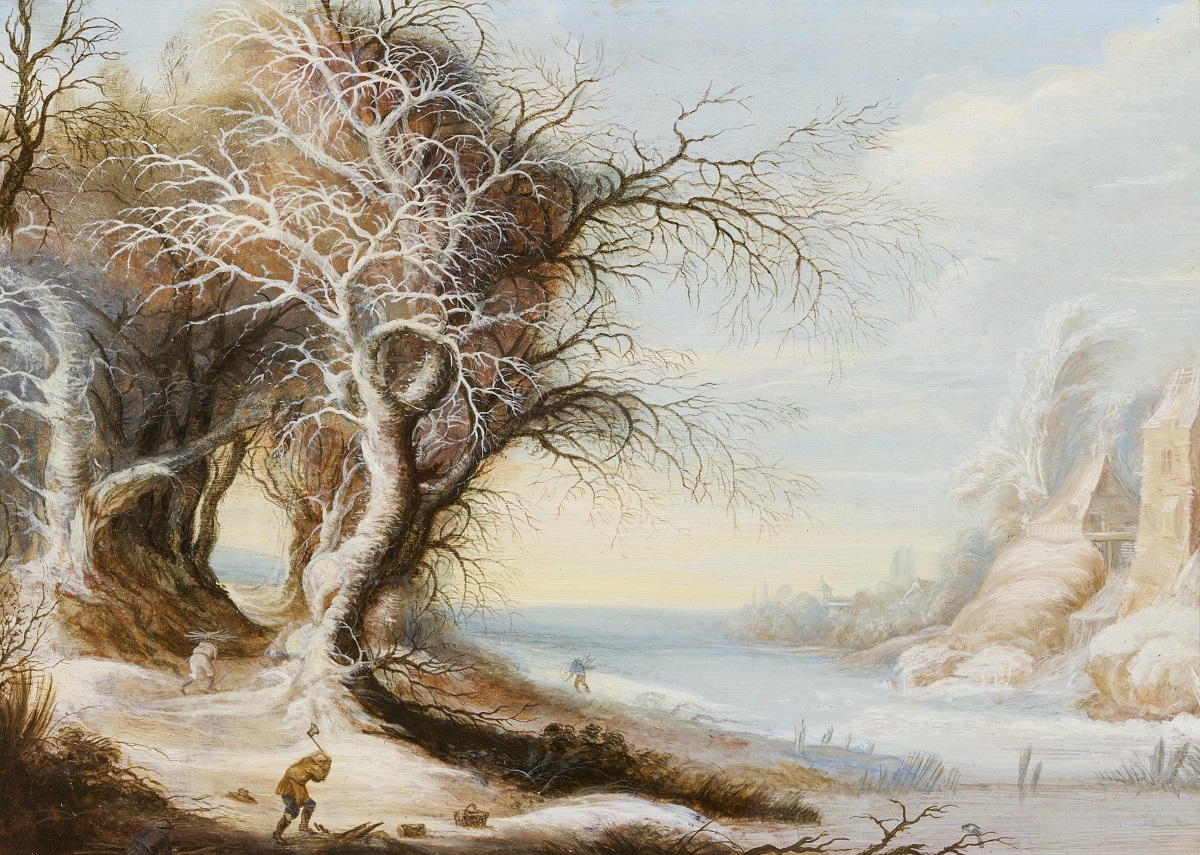
Gijsbrecht Leytens was a Flemish landscape painter of the Early Baroque period. He was famous for his depiction of winter landscapes, which were considered his speciality and were characterised by a highly individualised style. He is considered one of the least studied Flemish painters of the Antwerp School.
Geisbrecht Leitens became a member of the Guild of Saint Luke in Antwerp in 1611. From that time he was entitled to open his own workshop in the city and train apprentices.
The master carefully observed winter nature and birds and developed an individual manner which distinguished him from the philosophical generalisations of Pieter Bruegel the elder or the cosy details and findings of Lucas van Falkenborgh. Trees in his paintings are usually depicted covered in snow, often oddly shaped. The branches of the denuded trees are replete with representations of various birds. The artist's creative style may have been influenced by paintings from the Dutch Mannerism period.
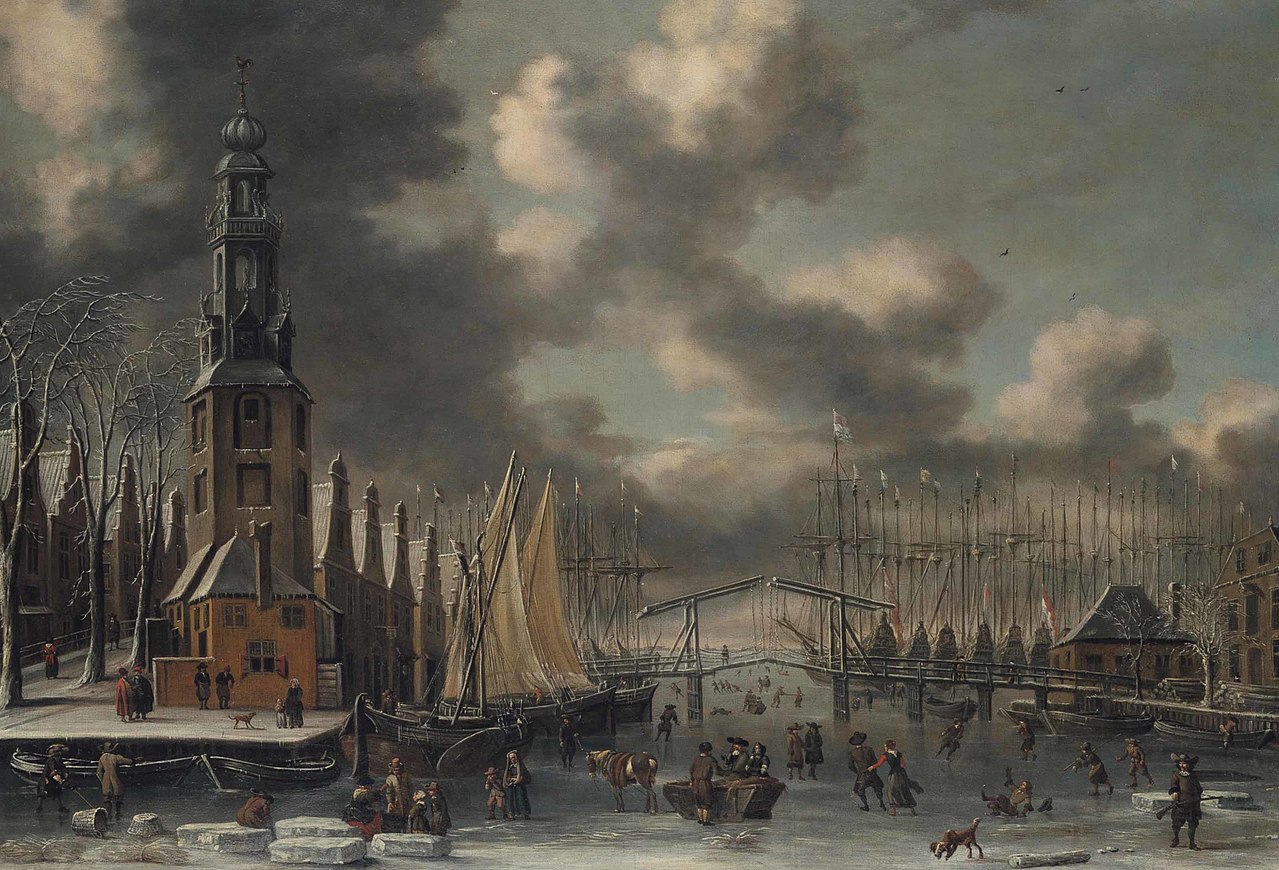
Thomas Heeremans was a Dutch painter and art dealer. He is known for his landscapes of winter scenes, cityscapes, harbor scenes, beach views, river views and village scenes. He was influenced by Klaes Molenaer, a slightly older painter also from Haarlem.
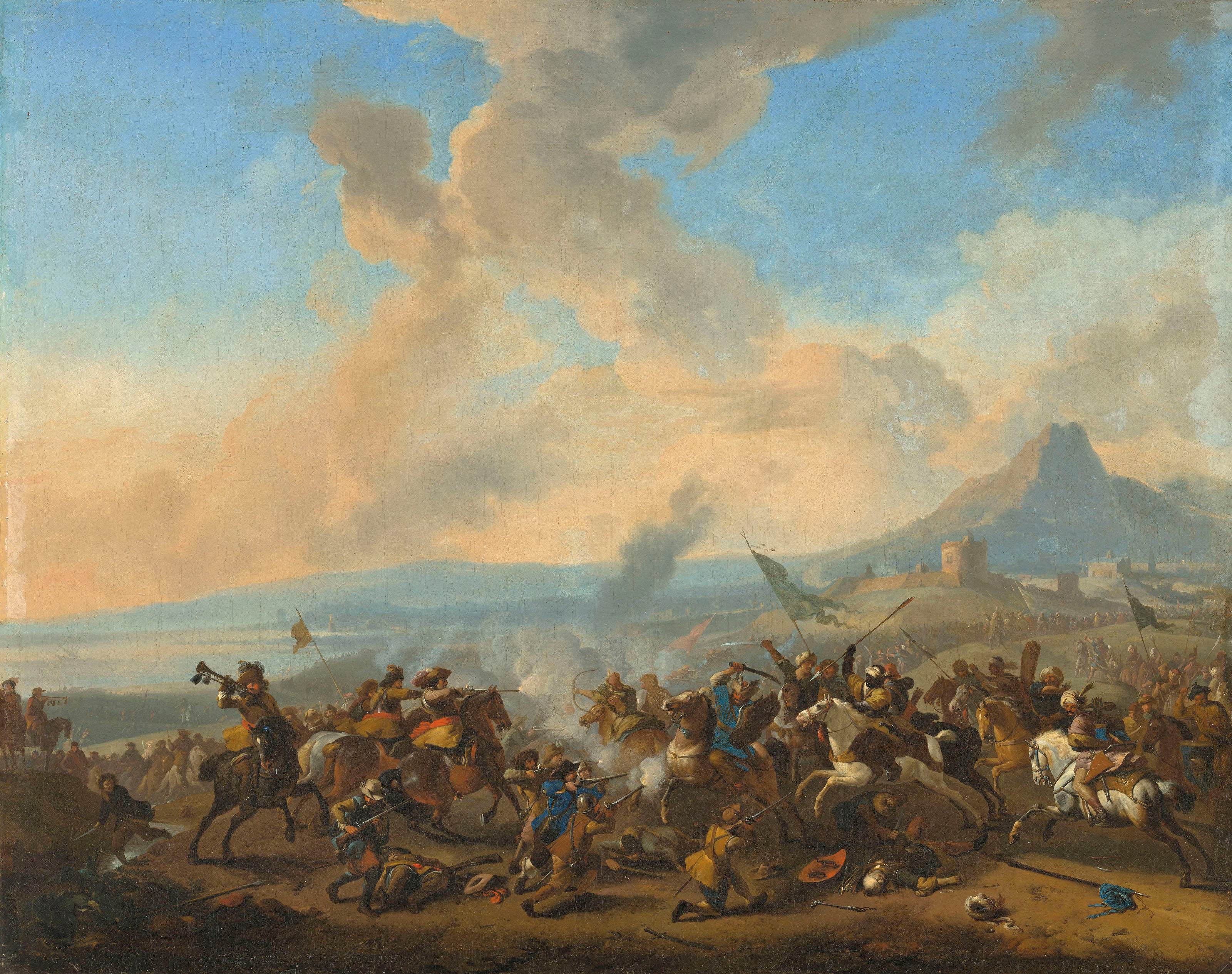
Jan van Huchtenburgh was a Dutch painter of the Dutch Golden Age who specialised in battle scenes and landscapes.
Jan van Huchtenburgh was known for his ability to create dramatic and dynamic battle scenes, often depicting historical events of the 17th and 18th centuries. His work is noted for its precision and attention to detail, as well as his use of light and shadow to create a sense of depth and drama.
In addition to battle scenes, Huchtenburg was also a skilled landscape painter. He often depicted scenes of the Dutch countryside with rolling hills, winding rivers and expansive skies.
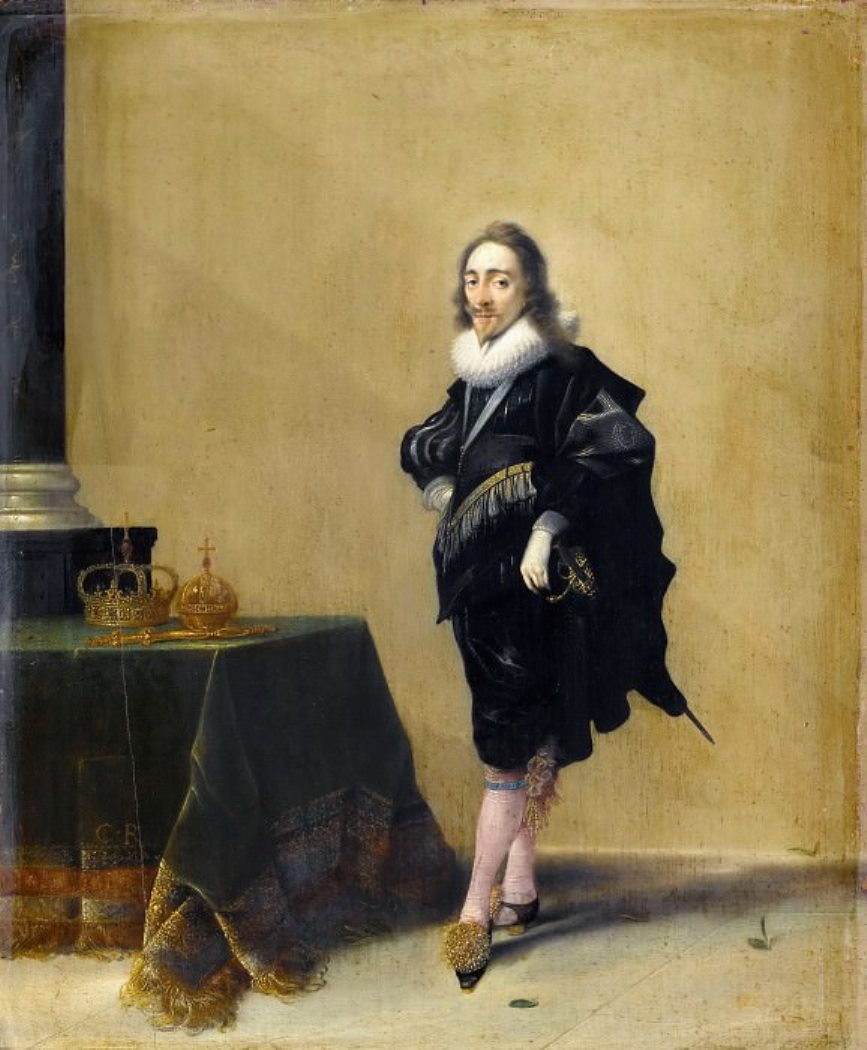
Hendrik Gerritsz. Pot, nicknamed Pot from the East Indies, was a Dutch painter-painter, miniaturist, and decorator. He was a member of the Guild of St. Luke of Haarlem. Poth's famous works include genre paintings, portraits, and still lifes in the vanitas style. Sweat has genre scenes depicting groups of young people leading merry lives, drinking, eating and flirting, but he also painted a series of portraits of the English royal family.
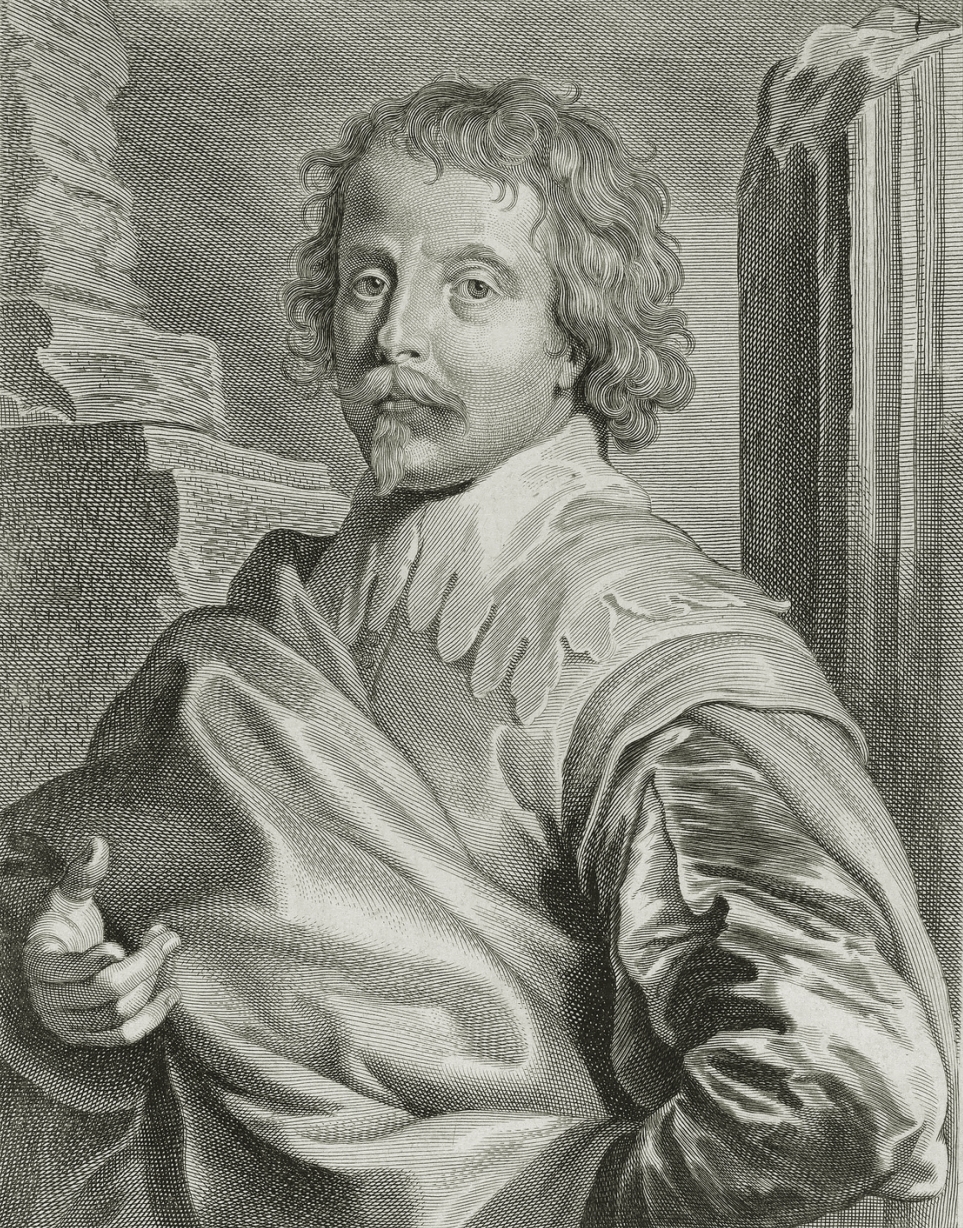
Cornelis van Poelenburgh was a Dutch landscape painter and draftsman of the Dutch Golden Age of painting. He was a leading representative of the first generation of Dutch landscape painters who worked in Rome in the early 17th century. In a group of fellow Dutch Bentvueghels he was nicknamed Satyr. Pulenbrüerg was known for his small paintings depicting Italian landscapes with small figures depicting biblical or mythological scenes.
